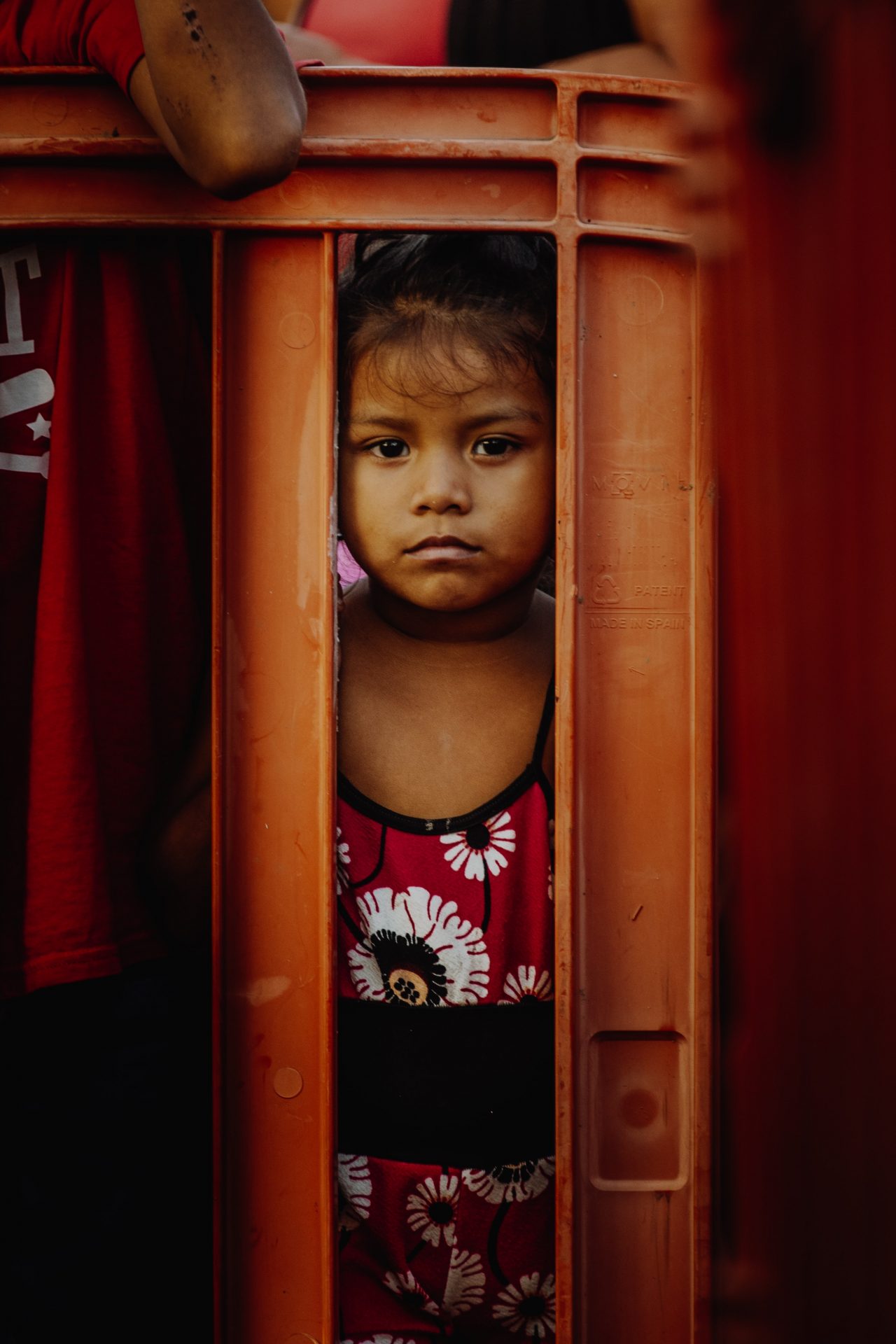- Researchers working on infectious diseases of poverty
This toolkit aims to strengthen the capacity of researchers working on infectious diseases of poverty by incorporating an intersectional gender approach. It contains a collection of training modules, which include case studies, that can be customised for different contexts.
The objectives of the toolkit are to 1) strengthen the research capacity of disease-affected countries in intersectional gender approaches; 2) understand and address barriers to effective and quality implementation of health interventions oriented to prevent and control infectious diseases; and 3) explore solutions for enhancing equality in access to quality heath care.
Intersectional gender analysis is the process of analysing how gender power relations intersect with other social stratifiers to a) affect people’s lives and create differences in needs and experiences; b) Influence the etiology, prevention, control, and management of infectious diseases; and c) used to understand how policies, services, and programmes can effectively address these differences.

Gender is often used as an entry point to understand marginalisation and disadvantage as it remains one of the most pervasive forms of inequalities and important causes of poor health outcomes, particularly for women and girls. Understanding how gender affects men, boys and people with non-binary identities, however, is just as important.
Researchers should undertake intersectional gender analysis activities within each stage of the research process to ensure research does not perpetuate gender inequality by reinforcing unbalanced gender norms, roles and relations.
An intersectional gender lens can also be incorporated into implementation research, which focuses on a) identifying bottlenecks related to the roll-out of health interventions; b) developing and testing effective strategies designed to overcome those challenges; and c) determining ways to introduce innovations into the health system and promote their sustainability and use.
1) Use a gender analysis framework to guide the development of research objectives, questions and hypotheses; data collection tools; and analysis; 2) Disaggregate data by sex and other social stratifiers within sample design; 3) Develop a gender analysis matrix; 4) Develop intersectional gender analysis questions to inform overall study objectives, questions, indicators and/or hypotheses, and/or data collection tools and analysis; and 5) If aim includes transforming inequitable gender power relations, incorporate participatory research methodology into research design.
1) Include intersectional gender analysis questions in data collection tools; 2) If the aim includes transforming inequitable gender power relations, use participatory research methods to transform inequitable gender power relations; and 3) Ensure the research process is not negatively affected by gender power relations.
1) Incorporate intersectional gender dimensions into the analysis of data (i.e., through the use of variables/indicators and coding framework).
1) Include gender-sensitive evidence within reports and other dissemination material; 2) Include gender-related policy, program and research recommendations that aim to address gender inequalities; disseminate to relevant stakeholders; and 3) Ensure that research recommendations do not perpetuate existing gender inequities.
All of the activities (above) can be applied to implementation research for infectious diseases of poverty. The key difference is in the gender analysis questions, which should be developed against the six implementation outcome variables: acceptability, adoption, appropriateness, feasibility, fidelity, implementation cost, coverage and sustainability
When exploring the role of gender power relations, it is vital that gender is considered alongside other social stratifiers and, in particular, how gender intersects with other social stratifiers to create different experiences of marginalization and disadvantage in relation to health.





